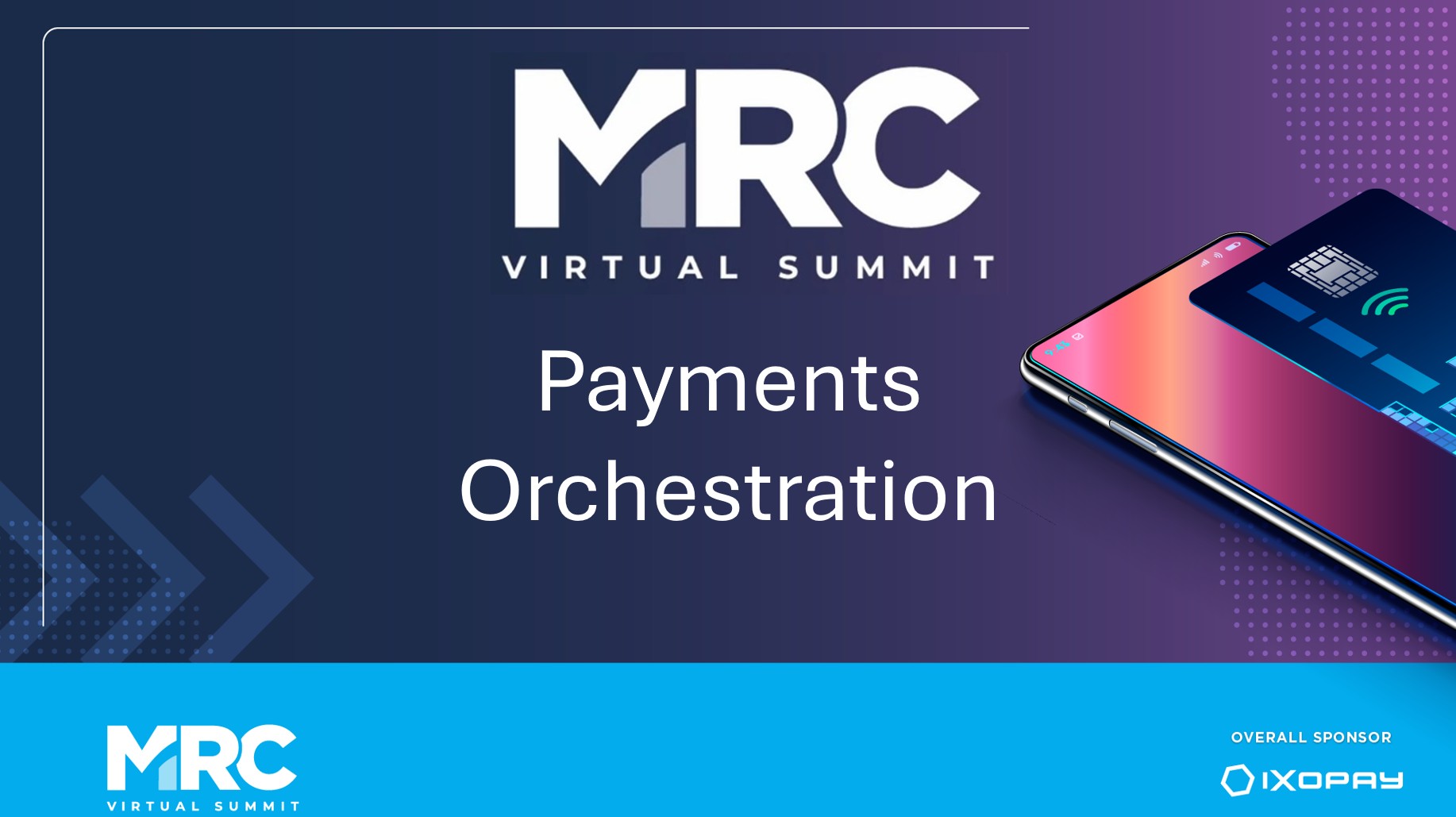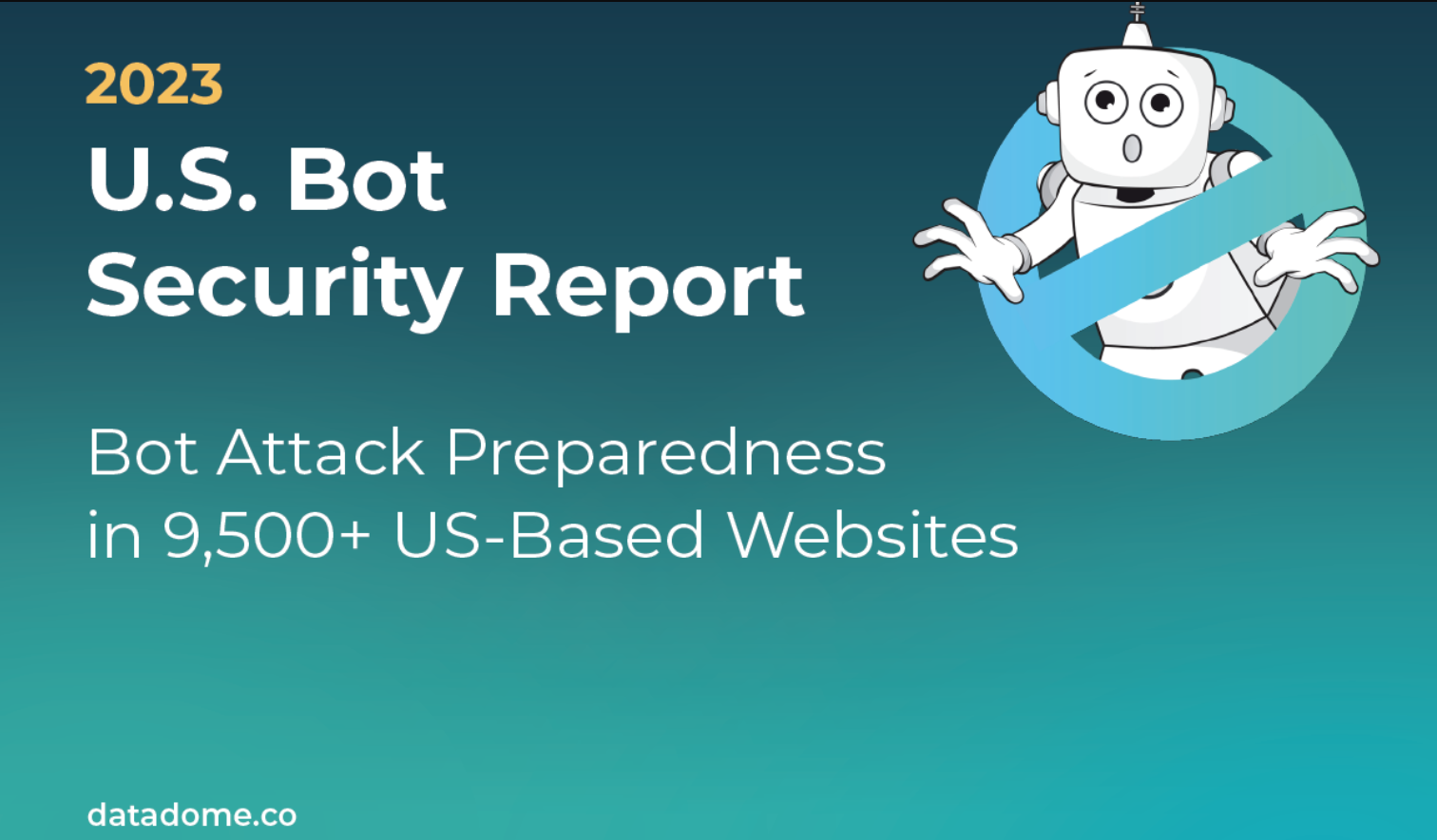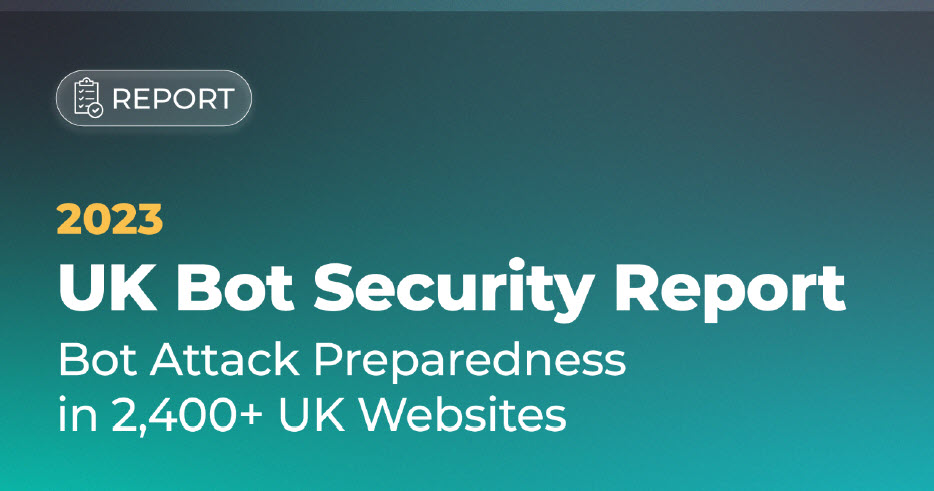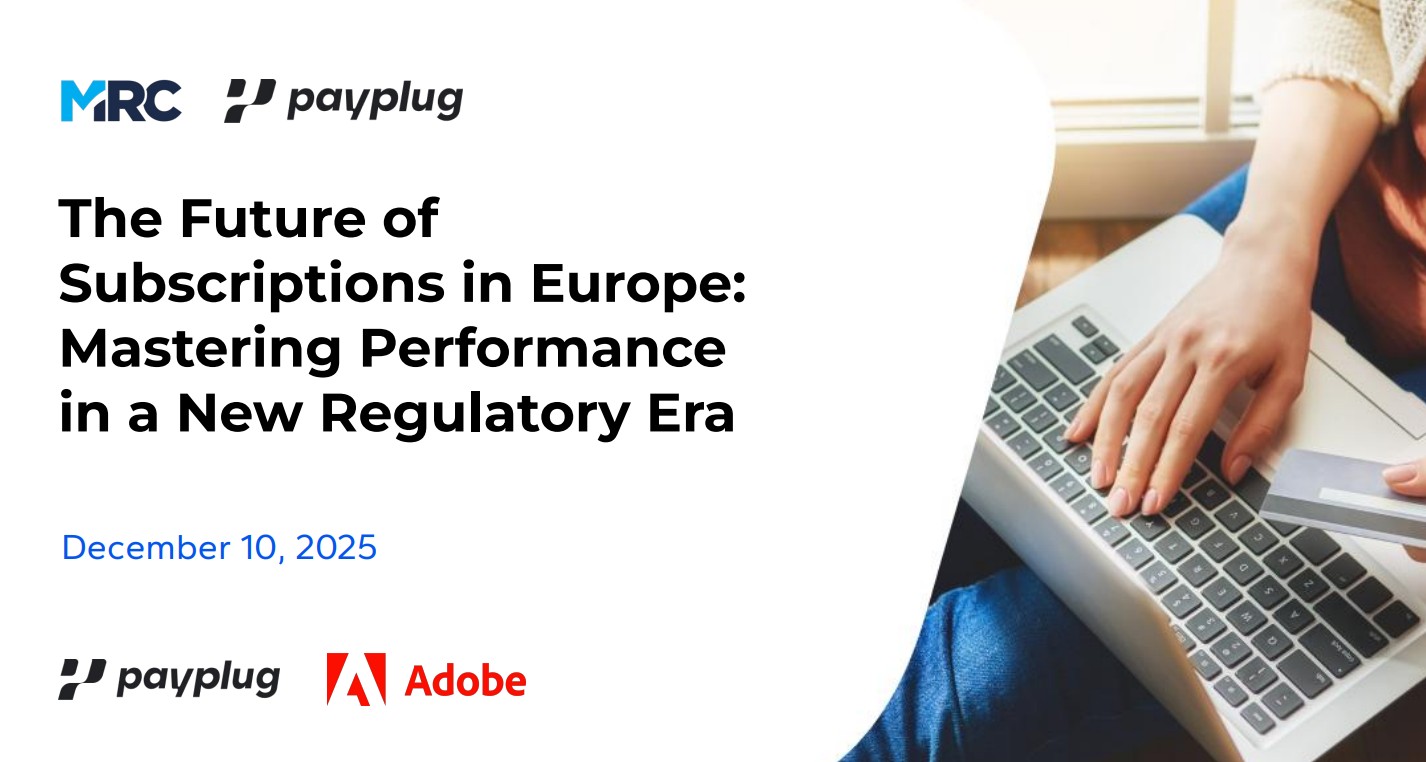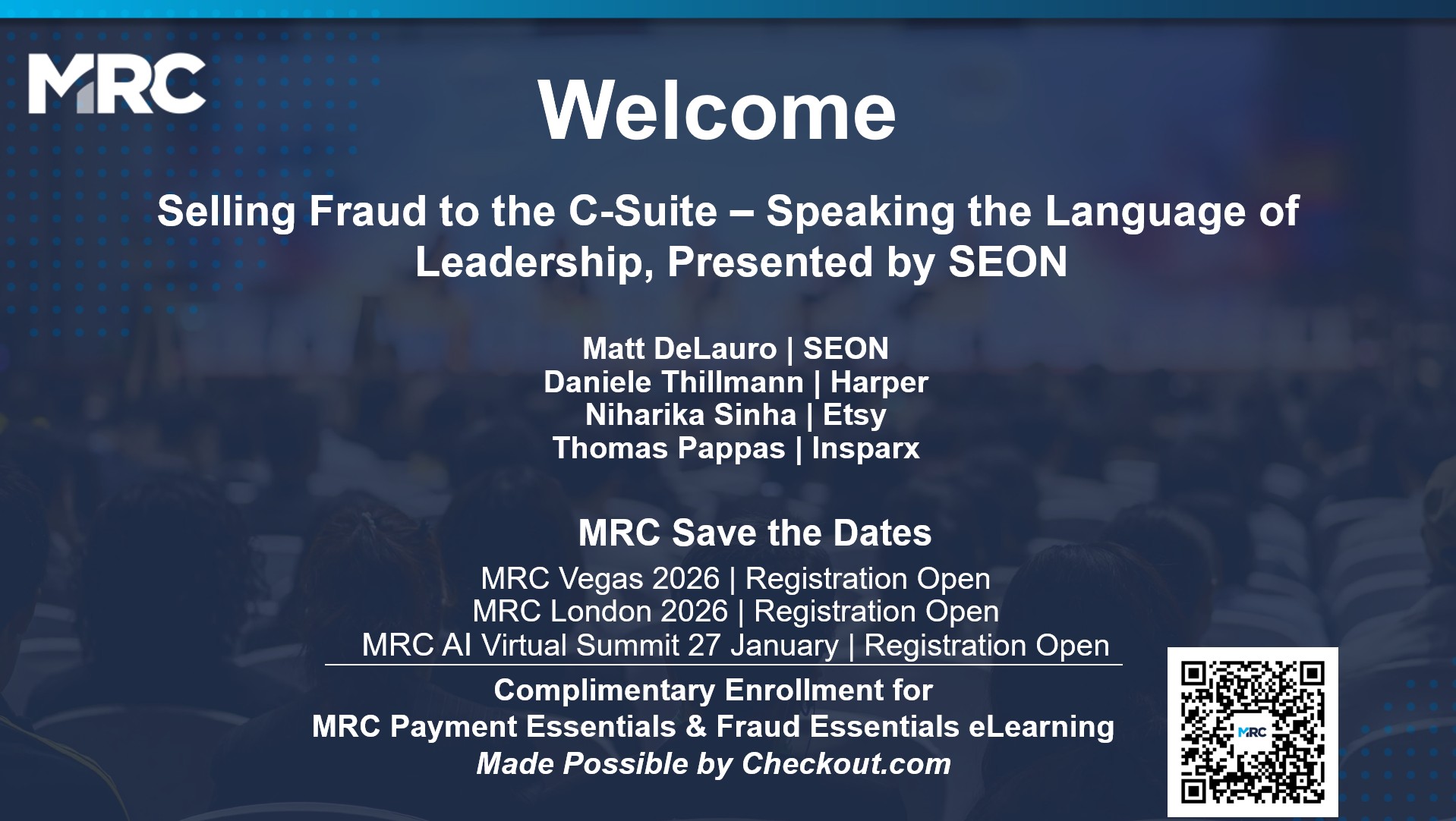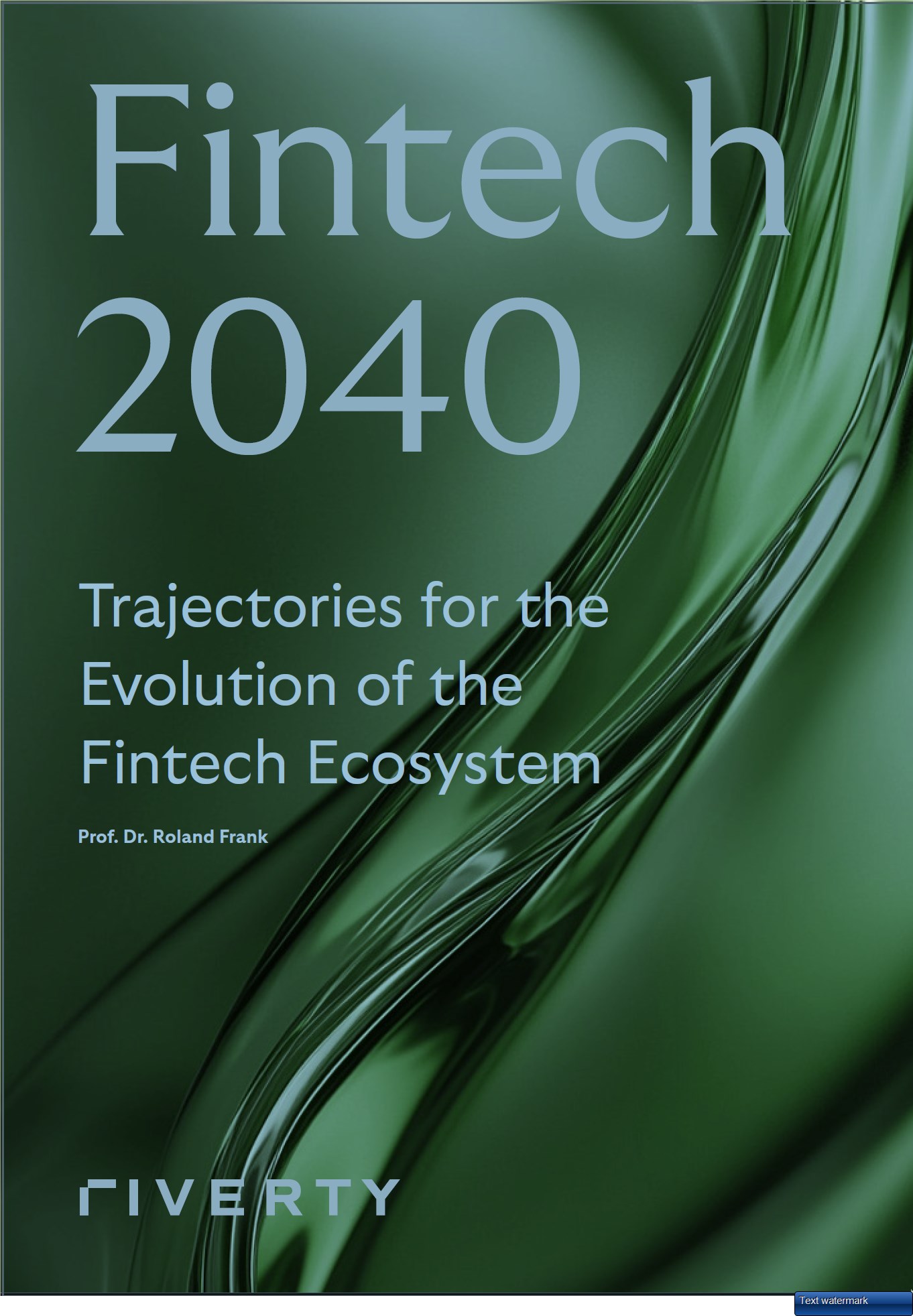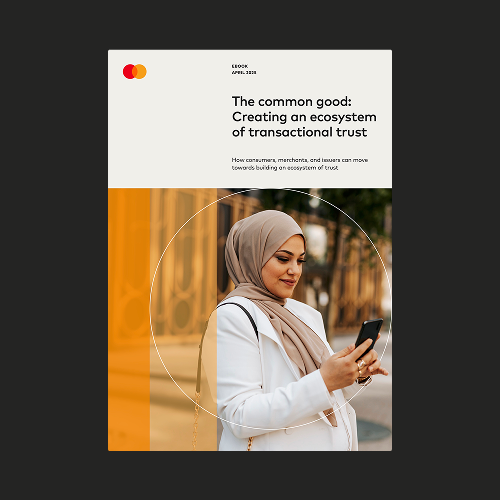ThreatMetrix H2 2018 Cybercrime Report
Fraud
KPI/Analytics
Botnets
Cybercrime
Mobile Fraud
mCommerce
Ellie Burns and Parul Sharma -- ThreatMetrix, A LexisNexis Risk Solutions Company
Apr 24, 2019
Webinars
ThreatMetrix's Digital Identity Network processed over 17 billion transactions in the second half of 2018 and identified nearly a quarter of a billion attacks. In this presentation, ThreatMetrix highlights key statistics from this timeframe and shares trends they identified, focusing on the continued rapid growth of mobile transactions and bot attacks. eCommerce and financial services trends by region are shown next, followed by media attacks and trends. The slides close with insights on attack origins and destinations, mobile fraud attacks, and a brief overview of digital identifiers.
Some content is hidden, to be able to see it login here Login

Host a Webinar with the MRC
Help the MRC community stay current on relevant fraud, payments, and law enforcement topics.
Submit a Request
Publish Your Document with the MRC
Feature your case studies, surveys, and whitepapers in the MRC Resource Center.
Submit Your Document



